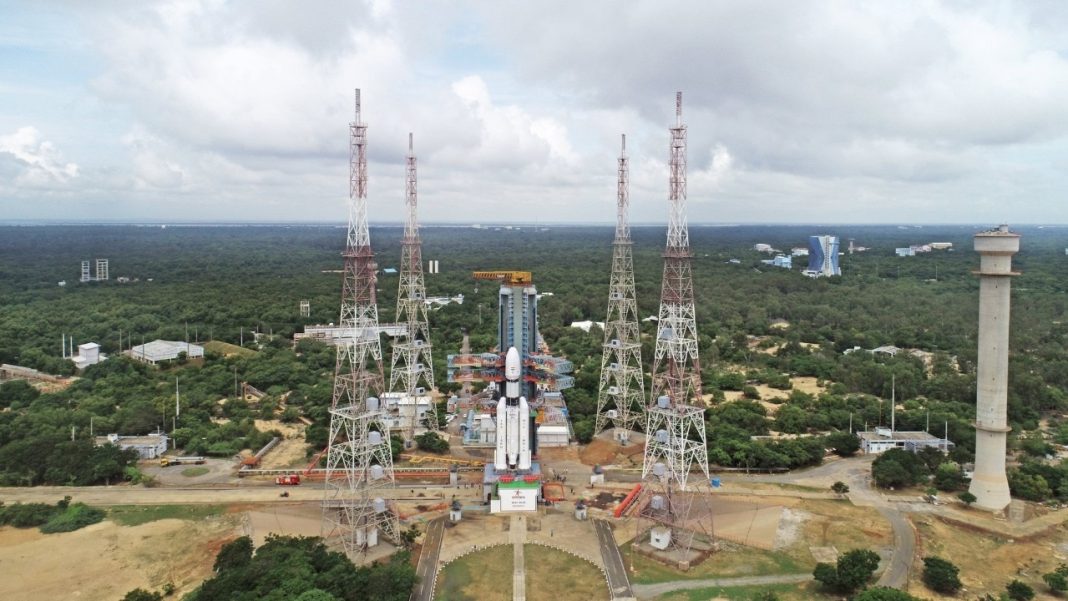ISRO Begins Countdown for Heaviest Communication Satellite Launch
The Indian Space Research Organisation (ISRO) has commenced the 24-hour countdown for the launch of its heaviest communication satellite, CMS-03, weighing 4,410 kg. The satellite will be launched from Indian soil aboard the LVM3-M5 rocket, nicknamed ‘Bahubali’, from Sriharikota.
Key Mission Details
- Satellite: CMS-03, weighing 4,410 kg
- Rocket: LVM3-M5 (‘Bahubali’)
- Launch Time: 5:26 PM on November 2
- Orbit: Geosynchronous Transfer Orbit (GTO)
ISRO confirmed that the launch vehicle has been fully assembled and moved to the second launch pad at Satish Dhawan Space Centre for final preparations. In a social media update, the space agency stated: “Countdown commences!! Final preparations complete and the countdown for LVM3-M5 (mission) has officially begun at Satish Dhawan Space Centre, Sriharikota.”
The agency added: “All systems are GO as we move closer to liftoff.”
About the LVM3 Rocket
The 43.5-meter-tall LVM3 (Launch Vehicle Mark-3) is ISRO’s heavy-lift launch vehicle capable of placing 4,000 kg spacecraft into GTO. This three-stage rocket features:
- Two solid motor strap-ons (S200)
- Liquid propellant core stage (L110)
- Cryogenic stage (C25)
The LVM3-M5 marks the fifth operational flight of this vehicle, which has a perfect success record since its first development flight in December 2014. The same rocket platform has been designated as the launch vehicle for India’s ambitious Gaganyaan human spaceflight mission, named HRLV.
Mission Significance
CMS-03 is a multi-band communication satellite that will provide services over a wide oceanic region including the Indian landmass. This launch represents a significant milestone as it will be the heaviest satellite ever launched from Indian territory.
While ISRO previously launched the heavier GSAT-11 satellite (5,854 kg) in 2018, that mission utilized an Ariane-5 rocket from French Guiana. The current mission demonstrates India’s growing self-reliance in launching heavy communication satellites.
The LVM3 rocket can carry payloads of up to 4,000 kg to GTO and 8,000 kg to Low Earth Orbit. The rocket’s components are entirely indigenous, with the S200 boosters developed at Vikram Sarabhai Space Centre in Thiruvananthapuram and the L110 liquid stage powered by Vikas engines from the Liquid Propulsion Systems Centre.
This mission follows the LVM3’s previous success with the Chandrayaan-3 mission, which made India the first country to successfully land near the lunar South Pole in 2023.




